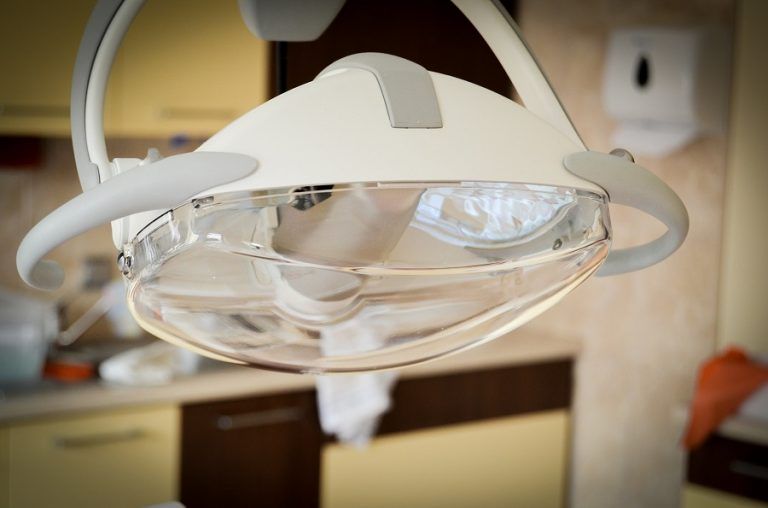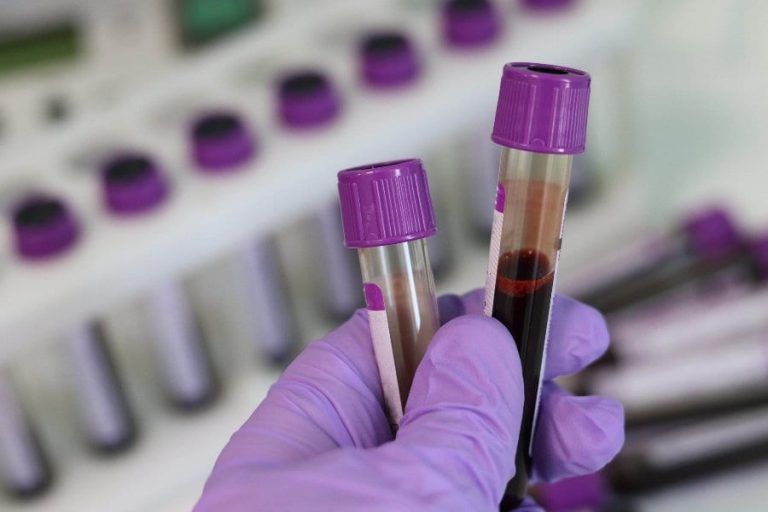The health service needs PLN 44 billion to fill the budget gap

Ten post jest także dostępny w języku:
![]() polski
polski
The draft law of 7% of GDP is intended to accelerate the growth of financing of the health service. In 2023, 6 percent of Polish GDP would go to health services, by 2027 that number should go up to 7 percent. In the initial stage of the program, the main source of financing would be increased revenues from the health insurance fees from business owners. At the same time, the percentage of the contribution of health insurance premium fees to the goal of financing public health care is to decrease. The resulting budget gap, estimated at PLN 44 billion, according to calculations by the Federation of Polish Entrepreneurs (FPP), will have to be covered by the state.
The calculations made by the PPF, which estimate the budget gap at PLN 44 billion, are based on the optimistic assumption that entrepreneurs will not decide to massively change the form of taxation to a lump-sum tax on registered revenues. This would allow them to avoid the increased fees for the health insurance premium.
Even after the changes under the Polski Ład Act, in 2027 the share of health insurance premium fees is to amount to only 70%, compared to almost 80% today. For this reason, the missing costs will have to be covered by the state.
Poles are still dissatisfied with the health service
According to the survey by the Federation of Polish Entrepreneurs (FPP), three years after the 6% GDP on health act was introduced, most respondents did not notice any difference in the state of the health service in recent years. The analyses conducted by FPP do not indicate that the tax and insurance proposals from the Polski Ład have a chance of becoming a stable source of financing health care, according to an FPP health expert Wojciech Wiśniewski.
The solution may be to gradually increase the health premium: according to IBRiS’s research for FPP, as many as half of Poles declare that they would be willing to pay an average of PLN 30 a month for the premium, provided that these funds would contribute to, among others, improving the access to medical specialists. T
he research conducted by IBRiS also indicates that in the first 3 years after the adoption of the new act, 72 percent of Poles are still dissatisfied with the health care system in Poland, and only 24% believe that its current condition is good. The majority of the respondents consider the facilitation of access to specialists to be the priority (82%). Every other respondent claims that it is also urgent to facilitate access to diagnostics, treatment and new, effective drugs.
Long-term solutions
Increasing the premium by 0.25 percentage points. would mean an increase in revenues to PLN 2.7 billion annually. However, this would involve additional costs for employers, non-wage labor costs would be increased by PLN 6 for the minimum salary and PLN 12 for the average salary.
However, a one-off increase in the health insurance premium would be only a temporary solution, therefore the Center for Legislative Analyses and Economic Policy seeks to raise the health insurance premium by 0.25% for a period of 5 years. Such action would be in line with the prospect of increasing the share of health to 7% of GDP.
Increasing the premium would not only reduce the financing gap in the health care system. A higher level of well-being in society, due to a better access to health care, would increase labor productivity, reduce the number of sick leaves and, as a result, increase economic growth.






